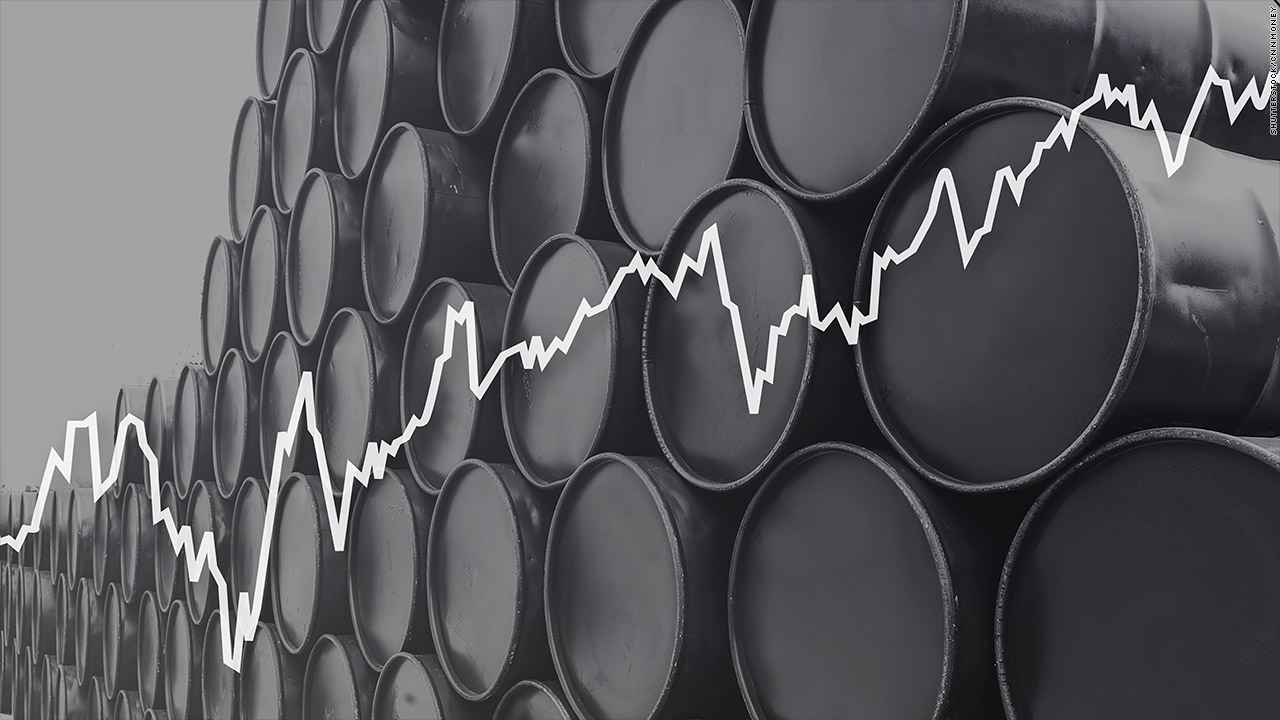As the year draws to a close, data has shown that oil prices have moved in the narrowest range since 2019, suggesting the excessive volatility of the past three years is over. A perception of soft demand and one of abundant supply, even on hold, have contributed to the “calm waters” on the market. The question now is whether it would extend into the next year.
First, on the demand front, news from China has led oil prices this year. Since the news has overwhelmingly been seen as overall negative by commodity trading advisers and their software, prices have experienced limited upward potential this year. It has not really mattered that global demand has been rather resilient. It has equally not mattered that U.S. oil demand surprised on the positive earlier in the year, hitting a seasonal record in May. All eyes have been on China, all the time, limiting the upper end of the oil price range.
Second, on the supply front, it has all been about OPEC+ spare capacity and actual production from non-OPEC countries. The International Energy Agency especially likes to point out that OPEC alone has some 5.4 million barrels daily in spare capacity, which it could bring online whenever needed. Also, the IEA as well as pretty much every forecaster, likes to talk about the fast production growth among major non-OPEC producers, chiefly the United States but also Guyana, Brazil, and Canada.
All of this is true, of course, but there are some details that do not seem to draw nearly as much attention as they deserve. These details relate to both demand and supply, and ignoring them in favor of perceptions that may or may not reflect facts may not be the smartest decision for oil traders.
Take demand. Demand growth in China, while softer than the post-lockdown boom, is far from dead. It would take a while for this fact to trickle down to the commodity-trading models, but the sooner it does, the more realistic a picture these models would present to traders, potentially sparing them some short-covering trouble down the road.
Of course, reports about peak demand growth are not helping matters, and none other than China’s oil major CNPC this week came out with just one such report. It said that the country’s oil demand growth peaked in 2023, driven down since then by EVs, LNG trucks, and hydrogen-fueled vehicles. However, demand for jet fuel is on the rise and so is demand for chemicals feedstocks. CNPC may well be right that oil demand growth in China has peaked. Yet it pays to take such forecasts with a pinch of salt. The IEA has forecast peak coal for years and yet demand this year hit a record.
On the supply side, it is a fact that OPEC has a pretty solid spare capacity cushion. What authors writing about this cushion often forget to add is the fact that it is up to OPEC to use this cushion if and when it decides it would be advantageous. Put in other words, OPEC would only tap its spare capacity when prices rise high enough to motivate such a move. The cartel will not use its spare capacity to keep Brent crude below $70 per barrel and it will not use this spare capacity just because it is there.
Then there are the non-OPEC producers touted as the countries that are decimating OPEC’s influence over global oil markets. Indeed, the U.S., Guyana, and Canada have seen strong production growth in recent years, especially the first two. However, it’s worth noting that oil production in these three countries is in the hands of private and not state-owned companies. This means that production decisions are made based on market conditions and not government ambitions. And this means that, as U.S. oil executives have already signaled, there will be no uncontrolled growth just because there’s oil in the ground.
On a final note, there is always geopolitics to consider and the world seems to always be one major escalation away from an oil price breakout. It would pay to bear this in mind and not get complacent about oil’s normalized volatility in 2025.
By Irina Slav for Oilprice.com

